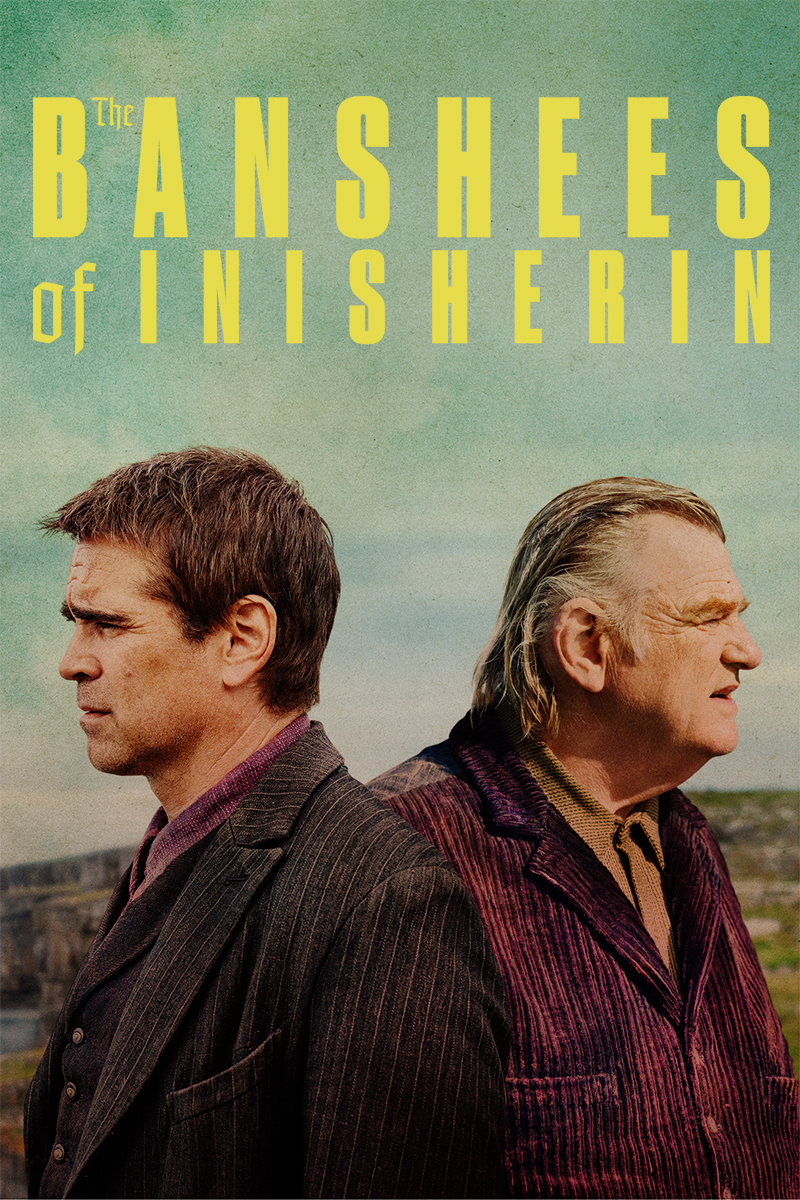One of the least produced Sondheim musicals, Pacific Overtures is a show that I very much wanted but did not expect to see in my lifetime. And yet! Signature Theatre nearby produced it this year! So of course I have to go see it at least twice.
Compared with the original Broadway version, which can be seen on YouTube, this production is necessarily smaller, shorter, and more modest, but immensely enjoyable nevertheless.
The history around the opening of Japan to western countries is complex and fascinating. I somehow fell into it because of my interest in Japanese jidaigeki action cinema and the Nemuri Kyoshiro novels in the past few years. The period around the fall of the Tokugawa shogunate is a critical juncture in the history of modern Japan and continues to inspire much pulp fiction and genre movies in Japan. I know why I am interested in this part of history, but for the life of mine I cannot imagine how Sondheim got into it.
The amount of effort he put into making Pacific Overtures must have been enormous. Of course it is not an accurate documentary of Japanese history, but the artistic rendition of it is consistent with my understanding. The music is obviously influenced by Japanese traditional theater, namely Noh and Kabuki, of which I am very ignorant. The original set and direction were also designed to evoke that feel, which suggests that Harold Prince was equally interested in this approach.
It is extraordinary that the entire musical is presented from the Japanese point of view. There is zero white character inserted into the story to lead the audience into the unfamiliar setting and allow them to identify with. If it were a book, Pacific Overtures would be closer to a nonfiction book than a novel, with some humor and gag thrown in for effect. Sondheim and Prince never bothered to make it easier or "friendlier" for American audience, so the audience has to make an effort to imagine themselves in this unfamiliar historical place, with few conventional tools to latch onto.
Although the show does not have a conventional protagonist and antagonist and has a generally detached narrative tone (not least through the use of a narrator as common in Japanese theater), one song stands out to counterbalance this impersonal tone. Someone in the Tree has three ordinary characters talk about an important historical moment, the negotiation and signing of the Kanagawa Treaty between Japan and the US. It reminds me of the song "Room Where it Happens" in Hamilton, which no doubt was influenced by "Someone in the Tree." Note that although two of the characters claim to be there in the room where it happened, they were of no importance and had no involvement. They were merely observers and entirely passive, even though their lives and fates were irrevocably altered by the treaty.
In some sense, Someone in the Tree is about hyperobjects, average people living in a world too large and complex to be known or understood. We live through and witness history, but we cannot control or make history, or even begin to understand its mechanisms.
In any story set in a background of changing times, there is always a tension between the small scale and big picture. To focus on the tides of time and grand scheme of things always runs the risk of losing sight of individual lives and tears, but individual lives are truly and tangibly affected by the invisible hand of historical events. It is a constant dilemma for storytelling, because it is also the unknowable reality of our daily lives.


